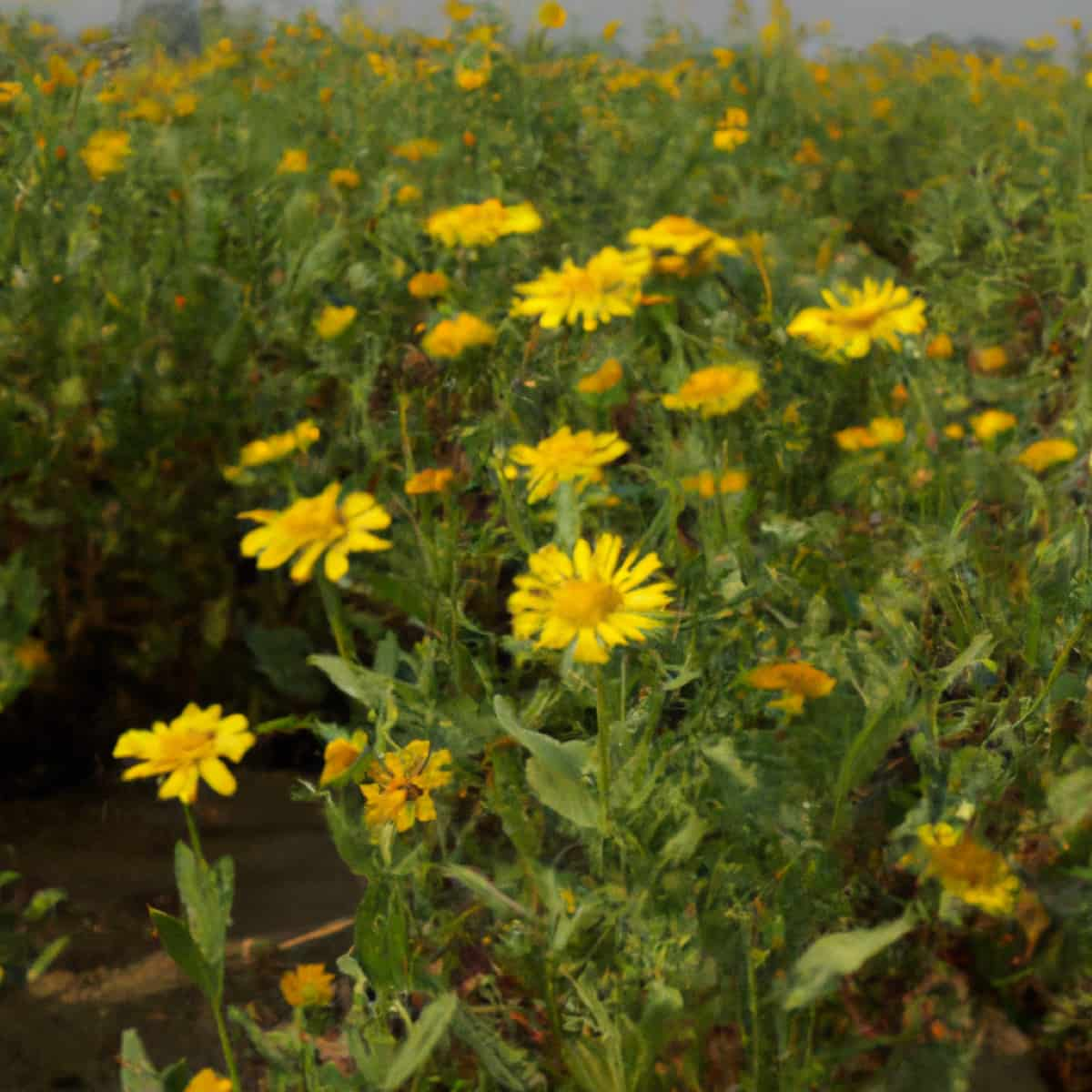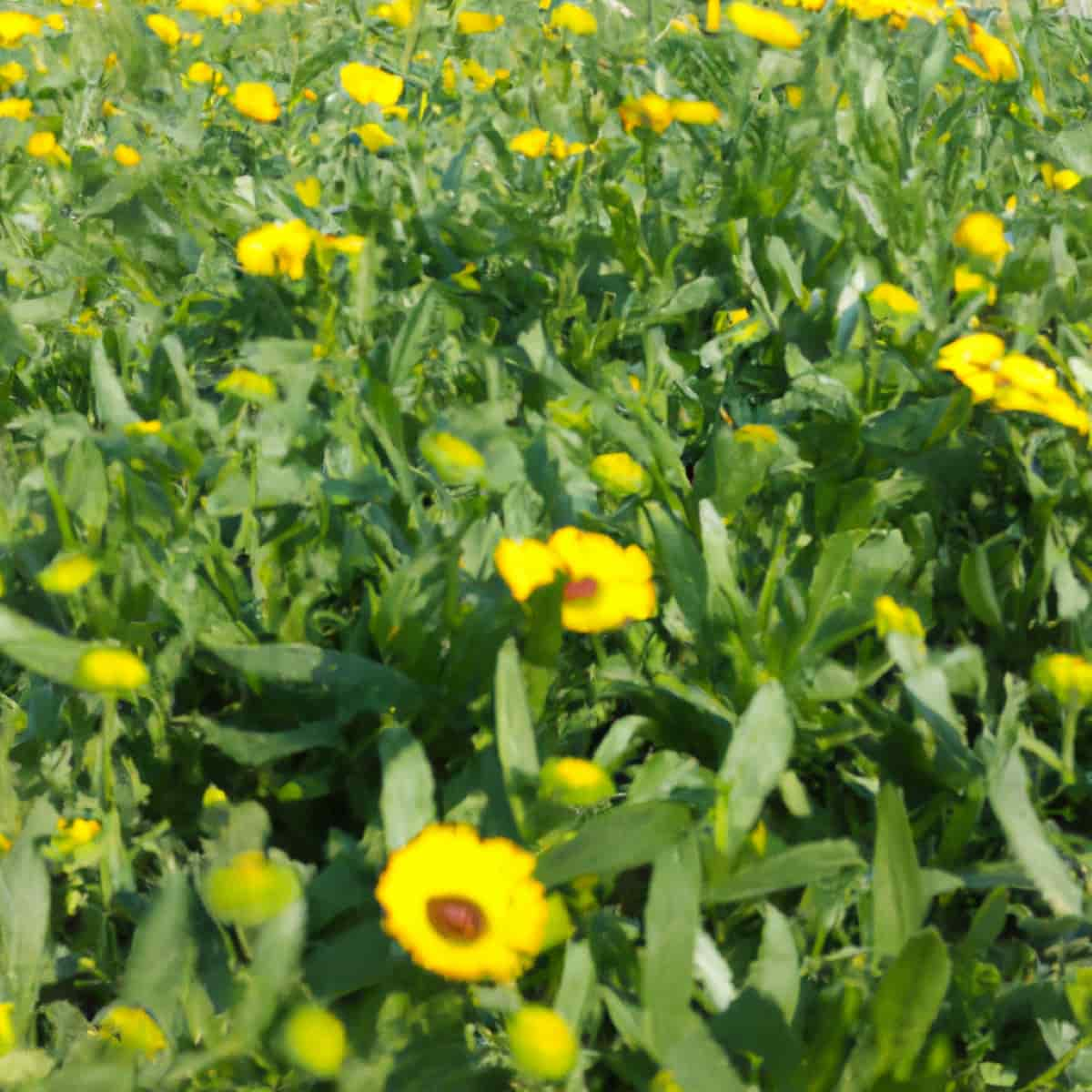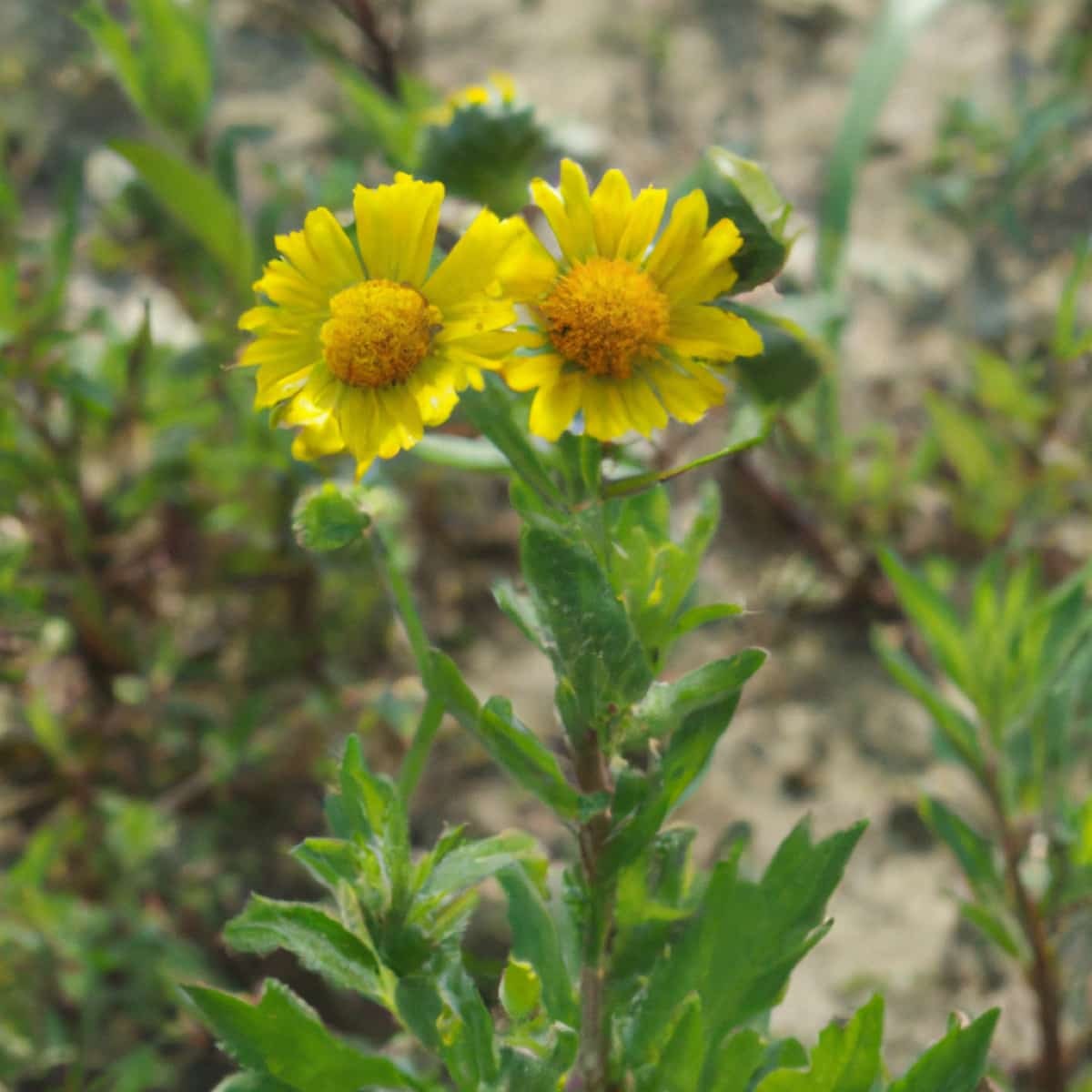Niger cultivation practices have significantly evolved over the years. It is important to consider various factors while cultivating this crop. The Niger seed is indigenous to Ethiopia, and its cultivation is widespread in countries like India, Nepal, and other African countries. The seeds from this plant are of substantial economic value due to their utilization in both human and livestock consumption and in the production of soap and paint.

This plant is a hardy, annual, herbaceous crop that can thrive in varying climates. Still, it prefers a cool climate with a growing period of moderate rainfall. The flowering period for Niger plants falls within 80 to 115 days post-sowing. After which, the plant requires an additional 30 to 40 days to mature. As a result, the entire niger crop lasts roughly 110 to 155 days, depending on the local climate, seed variety, and cultivation practices.
Niger Cultivation Practices
Understanding Niger Cultivation Practices and Techniques
Niger cultivation practices are integral in obtaining a fruitful yield. To get the soil ready for planting, it’s important to do multiple ploughings and then harrow it. The seedbed should be fine and free from weeds, allowing the delicate niger seeds to sprout without competition. Niger seeds are generally sown at the start of the rainy season, particularly in June or July.
It’s usually grown as a mixed crop with crops like maize, barley, sorghum, or a standalone crop. While sowing, seeds are broadcasted or drilled in rows spaced 30-45 cm apart. The standard seed rate is about 6 kg per hectare when the crop is pure and about 2 kg when mixed with other crops. Regarding fertilization, organic manures such as Farm Yard Manure (FYM) are widely recommended, usually applied at 10 to 15 tons per hectare.
Depending on soil fertility and the farmer’s economic conditions, inorganic fertilizers can also be applied. Nitrogen, Phosphorus, and Potassium in the ratio of 20:60:40 kg per hectare, respectively, is often recommended. Proper irrigation is crucial to the success of the Niger crop, and typically, the crop is rain-fed. However, if irrigation facilities are available, it should be done once at the time of flowering and a second time two weeks later.
How Harvesting and Threshing Are Done?
Harvesting and threshing play a crucial role in Niger cultivation practices, marking the final stages in the cultivation process. The right time to harvest is when most of the crop turns yellow-brown, and the seeds in the capitulum become hard. Usually, this period falls about 30 to 40 days after flowering, depending on the local conditions. Once cut, the crop is bundled and left in the field for a few days for the seeds to mature and dry further.
Post this, the process of threshing is undertaken. This stage involves separating the seeds from the plant. Traditionally, threshing was done manually by beating the harvested plants with sticks or trampling them with cattle. However, with technological advancements, mechanical threshers are now used, making the process more efficient and less labor-intensive. The threshing machine is carefully set to ensure the seeds are not damaged.
In case you missed it: Perilla Cultivation, Uses, Benefits in Detail

After threshing, winnowing is performed to separate the seeds from the chaff. You can do this by throwing the mixture in the air and letting the wind blow away the lighter pieces, or using machines for bigger jobs. The cleaned seeds are then dried in the sun to reduce the moisture content to about 8-10%. Proper drying is crucial as it prevents fungal growth and ensures the seeds’ longevity for storage and sale.
Pest and Disease Management
One of the most crucial aspects of Niger cultivation practices involves the management of pests and diseases. Effective pest and disease control is integral to ensure a good yield. Among the pests, the Niger fly (Orellia sorghi), aphids, and bollworms are the most harmful and can significantly reduce the crop’s productivity. On the other hand, diseases like wilt, leaf spot, and rust can also harm the plant. The Niger fly lays eggs on the flower heads, and the larvae burrow into the seeds, causing considerable damage.
A suitable way to control this pest is to practice crop rotation or intercropping with non-host plants. This method reduces the pest population by disrupting their life cycle. Chemical controls can also be used in severe infestations, but they should be used judiciously to prevent environmental harm and non-target organisms. In the case of aphids and bollworms, biological control methods, such as introducing their natural enemies like ladybugs and parasitic wasps, have proven effective.
Disease management is equally crucial in Niger cultivation. Wilt is a soil-borne disease that can be managed by treating the soil with appropriate fungicides before planting. Alternatively, crop rotation with non-host plants can also help control the disease. Leaf spot and rust, which are fungal diseases, can be controlled by regular monitoring and fungicides. However, preventive practices such as maintaining optimal plant spacing to ensure good air circulation and using disease-free seeds are often more effective and sustainable than curative measures.
Storage and Post-Harvest Handling
Once the seeds are properly cleaned and dried, they are ready for storage. The storage practices are essential to Niger cultivation as the seeds are prone to damage from pests, rodents, and poor storage conditions. The storage facility should be dry, well-ventilated, and protected from pests. Often, the seeds are stored in jute bags or woven baskets lined with paper or plastic to prevent contact with moisture.
In case you missed it: How to Grow Organic Cotton: Best Cultivation Practices

Different techniques, both old-fashioned and modern, are employed to manage pests and extend the lifespan of seeds. Traditional methods often involve using locally available materials such as ash, sand, or plant materials known to repel pests. Modern methods include synthetic pesticides or hermetic storage technologies that create an environment inhospitable to pests.
Conclusion
Growing crops like Niger efficiently is extremely important in today’s world, where climate change and the need for more food are major concerns. It holds great potential for improving food security and livelihoods, especially in many developing countries where it is widely grown. Therefore, enhancing Niger cultivation practices is beneficial for the individual farmer and crucial for the broader goal of sustainable agricultural development and food security.
- Feed Your Flock for Less: Top 10 Tips to Save on Chicken Feed
- Ultimate Guide to Ossabaw Island Hog: Breeding, Raising, Diet, and Care
- Hatching Answers: The Top 10 Reasons Your Chickens Aren’t Laying Eggs
- Eggs and Economics: Breaking Down the Cost of Raising Backyard Chickens
- Defend Your Greens: Proven Methods to Keep Iguanas Out of Your Garden
- Ultimate Guide to Cinnamon Queen Chicken: A Comprehensive Guide for Beginners
- Ultimate Guide to California Tan Chicken: Breeding, Raising, Diet, Egg-Production and Care
- Ultimate Guide to Marsh Daisy Chicken: Breeding, Raising, Diet, and Care
- 10 Types of Chicken Farming Businesses You Can Start for Profits